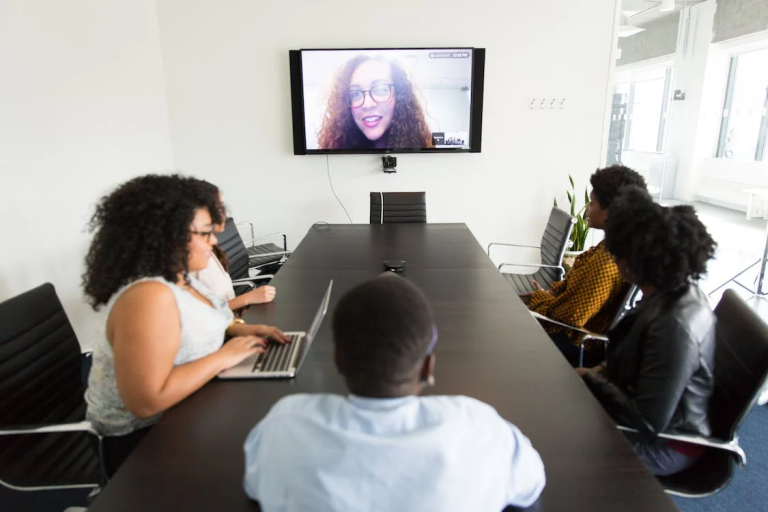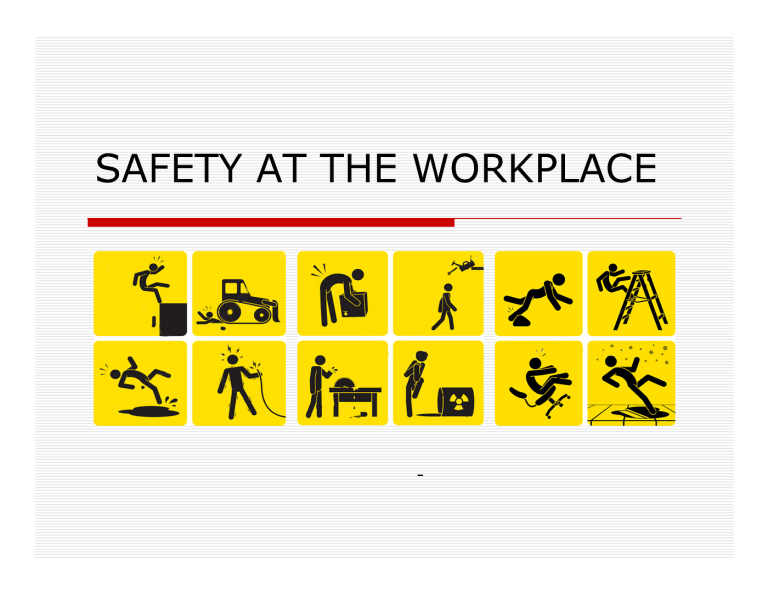Managing a workforce that spans multiple cultures, countries, and time zones is exciting and challenging. With globalization connecting teams like never before, leaders must navigate cultural differences, local regulations, and employee expectations – all while fostering unity.
Diversity within a global team brings innovation and fresh perspectives, but it also requires thoughtful strategies to harness its full potential. From improving communication to tailoring benefits and embracing inclusivity, successfully managing diver
Effectively managing a workforce spread across different countries and cultures requires thoughtful strategies. Here are eight approaches that will help you build stronger connections.
1. Foster Open Communication
Open communication is the foundation of any successful team, especially when managing across borders. Encourage an environment where employees feel comfortable voicing ideas, asking questions, or addressing concerns without fear of judgment.
Pay close attention to language barriers – make sure messages are clear and accessible for everyone to avoid misunderstandings. This is important when dealing with complex matters like compliance, regulations, or even US expat tax obligations for international team members.
Regular check-ins through video calls or virtual meetings can help bridge gaps and ensure everyone stays aligned while fostering trust and transparency within your diverse workforce.
2. Embrace Cultural Awareness Training
Cultural awareness training can transform the way your team collaborates. Each culture brings unique perspectives, beliefs, and work styles that influence communication and decision-making. Providing training helps employees build empathy and appreciate these differences rather than seeing them as obstacles.
For instance, understanding how specific cultures approach teamwork can prevent conflicts or confusion. It also fosters a sense of inclusion, showing everyone their background is valued.
By prioritizing cultural competency, you ensure smoother cross-border collaboration, which enhances productivity and strengthens relationships within the global workforce over time.
3. Adapt Leadership Styles
Effective leaders recognize that what works in one country or culture may not work in another.
Adapting your leadership style to suit the needs of a diverse workforce is crucial when managing across borders. Some cultures value autonomy while others expect more direct guidance from their leaders. Approaches to feedback can vary – some employees might prefer straightforward communication, while others lean toward constructive, subtle discussions.
If you understand these cultural nuances and adjust accordingly, you build trust and foster collaboration across teams. Flexibility in your leadership approach ensures everyone feels supported, appreciated, and empowered to contribute fully.
4. Provide Inclusive Benefits Packages
Inclusive benefits packages demonstrate that you value the well-being of your diverse workforce. It’s important to understand that employee needs can vary greatly across regions.
In one location, comprehensive healthcare might be essential, while in another, flexible work hours or parental leave could hold more significance. Tailoring benefits to fit local norms and expectations ensures employees feel supported and valued, no matter where they work.
However, inclusivity goes beyond just meeting legal requirements; it’s about anticipating the personal and professional priorities of your team members. A thoughtful approach here strengthens loyalty and enhances job satisfaction overall.
5. Leverage Technological Tools for Unity
Technology plays a vital role in connecting global teams and fostering collaboration across borders. Digital platforms, like video conferencing tools and project management software, help bridge physical distances while keeping workflows seamless.
These tools empower employees to stay aligned on goals and feel equally included, regardless of their location or time zone. Virtual communication also allows teams to overcome cultural differences by focusing on shared objectives rather than logistical barriers.
Investing in user-friendly, efficient tech strengthens relationships within your workforce and ensures everyone has the resources to perform well together, no matter where they are based.
6. Establish Fair Policies Globally and Locally
Creating policies that balance global consistency with local relevance is essential for managing a diverse workforce. Standardized rules ensure fairness across regions, but local adjustments demonstrate cultural sensitivity and legal compliance. For example, vacation policies or work hours may need to align with specific labor laws and traditions in certain countries.
Employees feel respected when their unique circumstances are acknowledged within universal frameworks. Clear communication of these policies also avoids confusion or perceptions of favoritism. Striking this balance fosters trust, ensures equality, and helps create a unified culture while honoring the individuality of global teams.
7. Celebrate Diversity as Strength
Diversity isn’t just about accepting differences – it’s about actively celebrating them. A multicultural workforce brings a wealth of perspectives, skills, and ideas to the table.
Encourage teams to share their unique traditions, viewpoints, and experiences by acknowledging cultural celebrations or hosting employee-led events. This builds connections and a sense of belonging that transcends geographic boundaries. When diversity is treated as an asset rather than a challenge, it can lead to creativity, problem-solving, and innovation.
By embracing what makes each team member unique, you create an environment where everyone feels valued while driving better outcomes for your organization.
8. Support Frequent Skill-Building Sessions
Skill-building is essential for keeping your workforce adaptable and competitive, especially in a global environment. Frequent training sessions help employees stay ahead of industry changes while addressing regional skill gaps effectively. For example, one team may need technical upskilling, while another might benefit from language training to improve communication.
Offering tailored learning opportunities ensures that all employees – regardless of location – feel invested in and empowered to succeed. Virtual workshops, mentorship programs, or on-demand training platforms are great ways to deliver development resources globally.
When you make the effort to prioritize growth, you strengthen employee engagement and equip your workforce to tackle cross-border challenges confidently.
Use These Strategies to Manage a Diverse Global Workforce
Managing a diverse workforce across borders comes with its unique challenges, but it’s also an incredible opportunity to build stronger, more innovative teams. By implementing these strategies, you set the stage for collaboration, inclusivity, and success on a global scale.
Remember, it’s about valuing differences while creating common ground for everyone to thrive. Take the time to invest in your team’s growth and understanding – it will pay off in morale, productivity, and long-term results. Start small if needed, but start now.
Guest writer


























